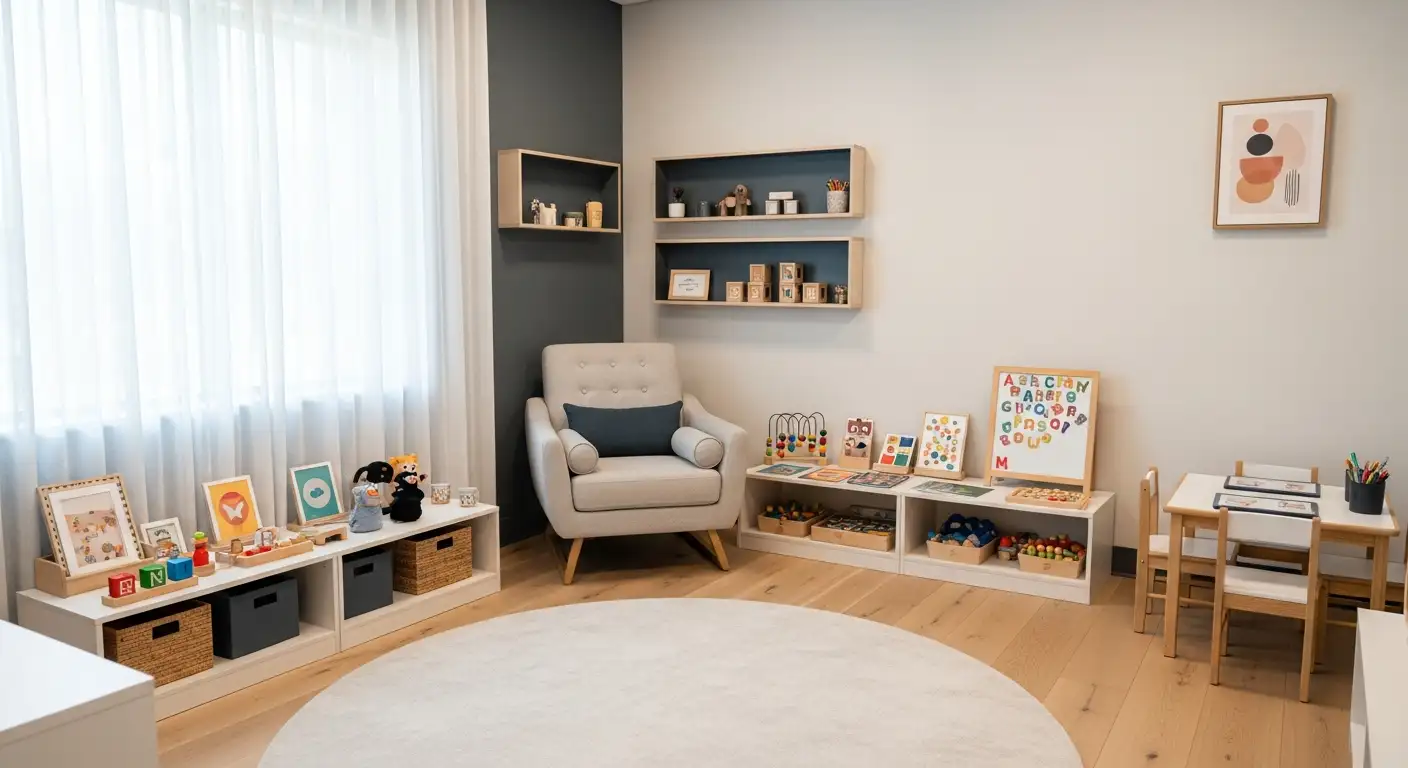How Therapy Helps Children with Difficulties in Expressing Themselves
Unlocking Emotional Expression in Children: The Power of Play Therapy
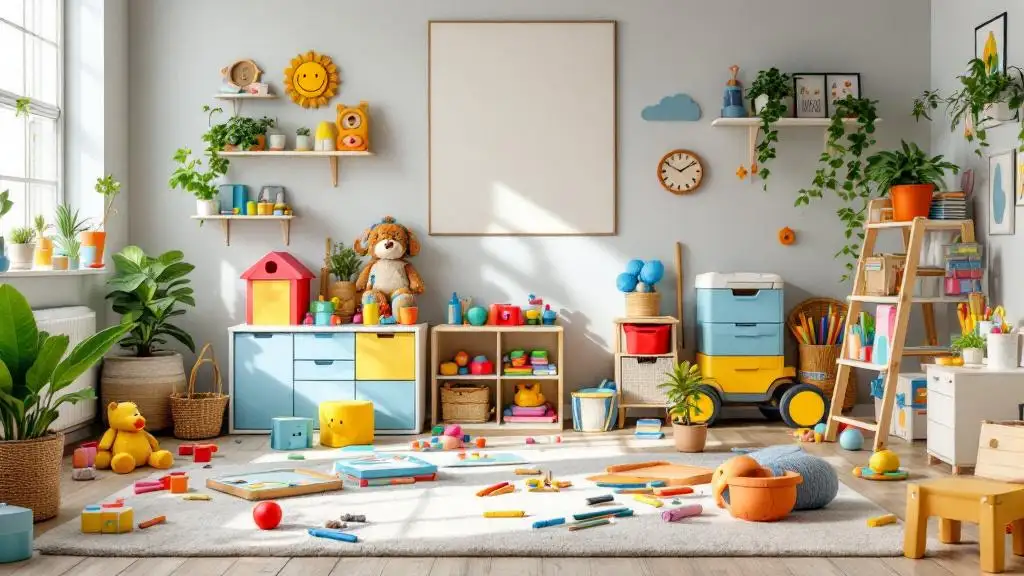
Understanding the Role of Therapy in Supporting Child Self-Expression
Children often struggle to articulate their complex emotions verbally, which can hinder their emotional and social development. Recognizing this challenge, mental health professionals have developed approaches like play therapy that leverage children’s natural inclination for play as a mode of communication. This article explores how therapy, especially play therapy, supports children in expressing and understanding their feelings, and how these methods contribute to their overall well-being.
The Fundamentals of Play Therapy in Child Emotional Support
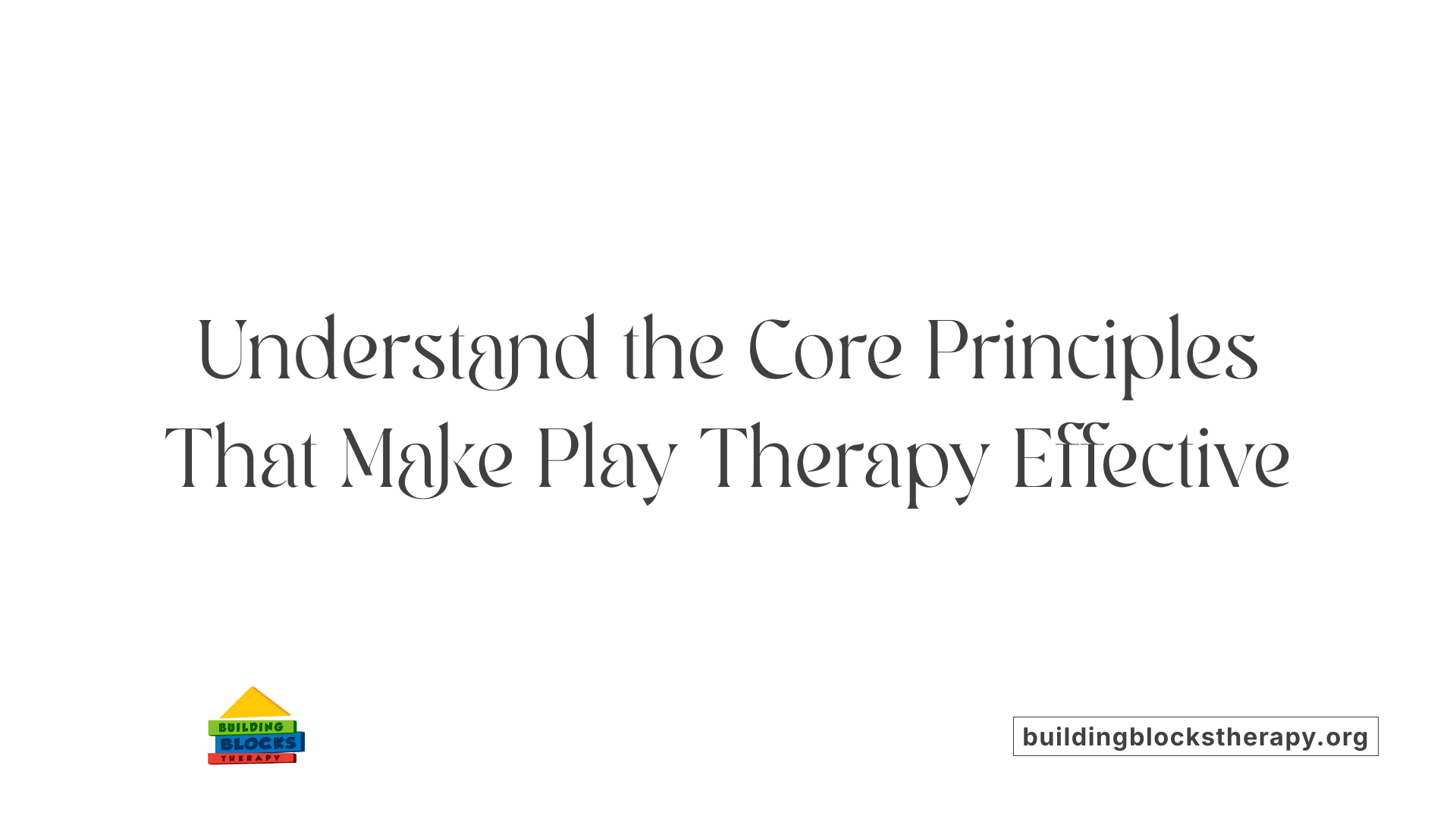
How does therapy support children with difficulty expressing emotions?
Play therapy offers a unique approach to helping children who struggle to verbalize their feelings. Since many children find it challenging to articulate complex emotions such as anger, sadness, or fear, play therapy uses toys and creative activities as their language. Through engaging with stuffed animals, dolls, sand trays, and art supplies, children can express their inner experiences in a natural and comfortable way.
Therapists observe how children interact with these toys to gain insight into their emotional and mental states. This nonverbal form of expression allows children to communicate without the constraints of words, often revealing underlying issues that might be hidden during traditional talk therapy.
In addition to facilitating expression, therapy supports emotional regulation by teaching children skills to manage their feelings. Techniques like mindfulness, relaxation exercises, and identifying emotions through tools such as emotion thermometers help children become more aware of their emotional landscape.
Parents also play a vital role in this process. Therapists may involve them in sessions or recommend at-home activities that reinforce emotional skills. For example, parents can encourage children to share their feelings during play, set appropriate boundaries, and provide a consistent environment for emotional growth.
By combining skill-building, safe exploration, and active support, therapy empowers children to understand, accept, and manage their emotions more effectively. Through this gentle and engaging process, children develop healthier ways to cope with their inner experiences, leading to improved emotional well-being and better social functioning.
Techniques and Tools Facilitating Child Communication in Play Therapy
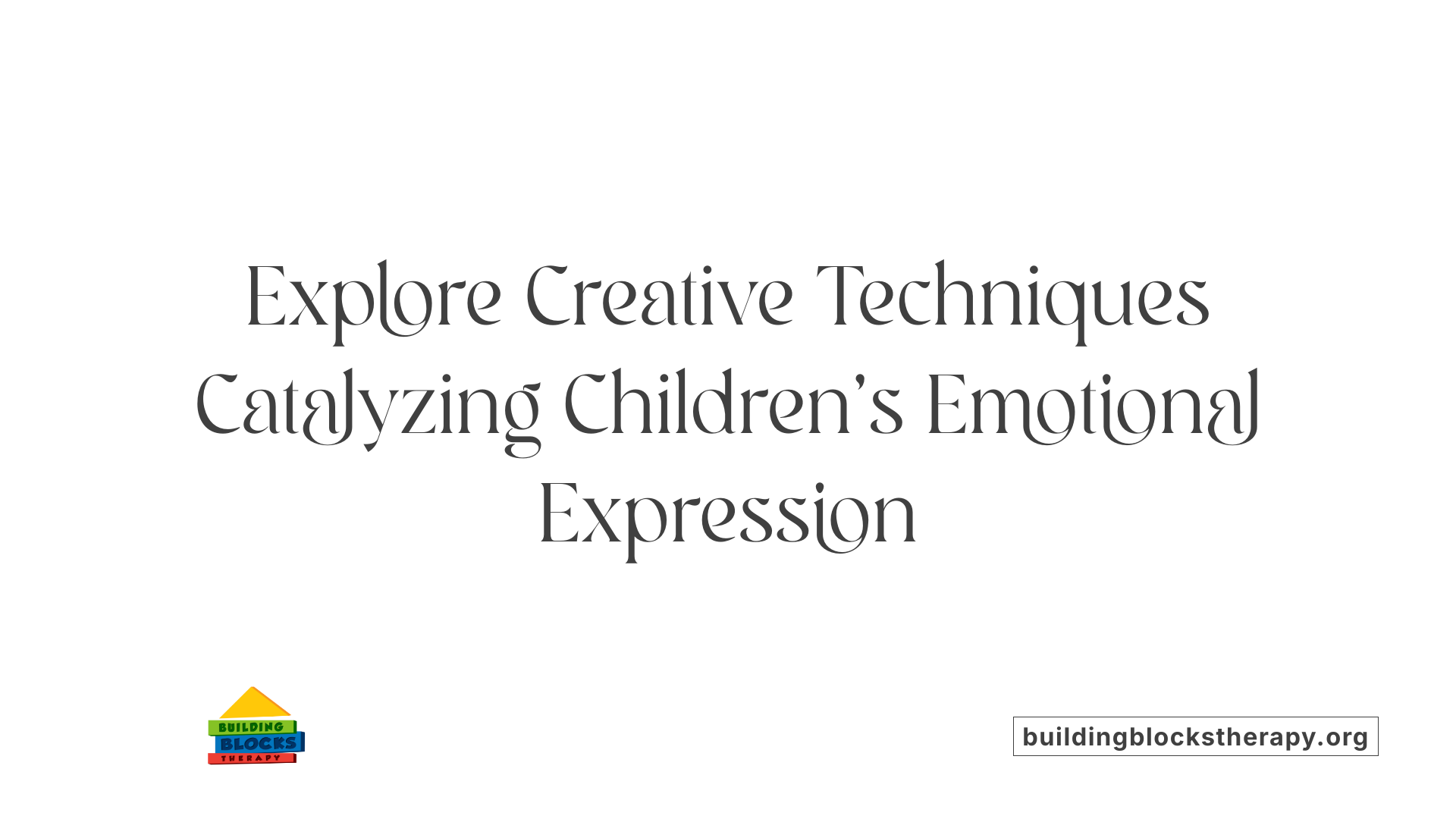
What methods and techniques are used in play therapy to help children communicate?
Play therapy uses various creative techniques and tools to help children express their feelings and thoughts effectively. Since children often find it difficult to put their emotions into words, therapists utilize toys, arts, and role-playing to create a safe space for expression.
One of the most common methods involves using toys and art supplies. Therapists often incorporate dolls, stuffed animals, dollhouses, and sand trays, along with drawing and clay modeling activities. These allow children to depict their inner experiences indirectly, making it easier for them to share complex feelings like anger, fear, or sadness.
Role-playing and storytelling are vital techniques within play therapy. Children may act out scenarios or stories that reflect their emotional state or situations they are dealing with. This method enables them to explore different perspectives and practice coping strategies in a supervised environment.
Using metaphors and fantasy elements is another effective approach. Therapists might introduce puppet shows, fantasy characters, or imaginary worlds to help children project and work through their feelings symbolically. Such methods foster understanding and facilitate deeper communication.
Structured activities like themed games, role-play exercises, and specific tasks are also designed to improve social skills and emotional regulation. For example, children might participate in role-playing to practice empathy or solve problems, which enhances their ability to manage real-life social interactions.
In summary, play therapy employs toys, role-playing, storytelling, and creative arts, along with metaphors and fantasy, to unlock a child's internal world. These techniques provide a natural and engaging avenue for children to develop emotional awareness, resilience, and social competence in a nurturing setting.
Benefits of Play Therapy in Fostering Children's Emotional and Social Development
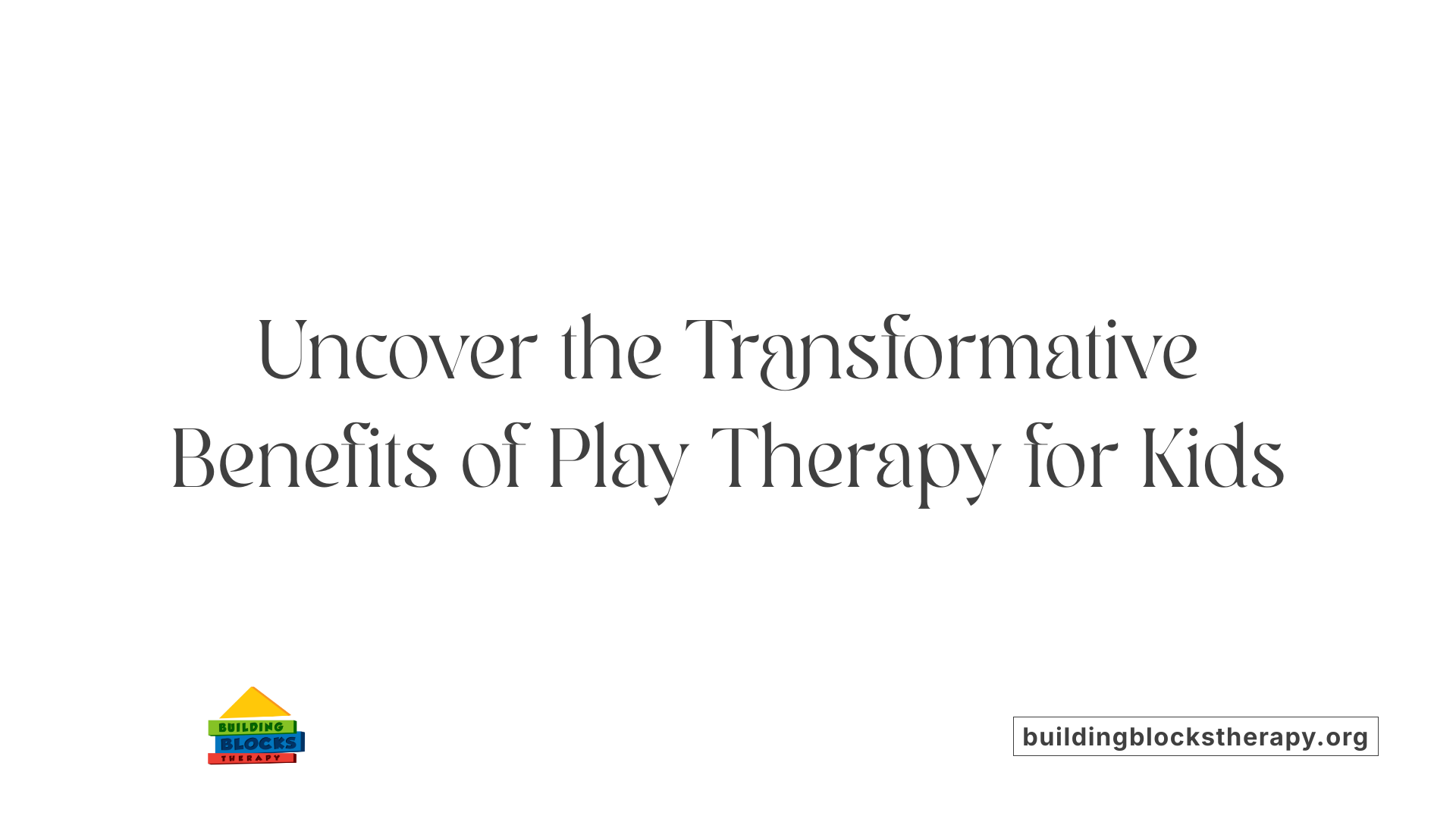
What are the benefits of therapy, particularly play therapy, for children’s emotional and social development?
Play therapy is a well-established and effective approach that helps children express, understand, and manage their emotions through play, which is their natural mode of communication. By using toys and activities such as stuffed animals, dolls, art supplies, and sand trays, children can symbolize their feelings, thoughts, and experiences in a safe environment.
One of the primary benefits of play therapy is the enhancement of emotional regulation. It allows children to explore and process complex feelings like anger, sadness, or fear nonverbally, helping them to develop coping skills and manage intense emotions more effectively.
Furthermore, play therapy serves as a powerful tool for developing social skills and fostering empathy. During guided play, children practice sharing, turn-taking, negotiating, and understanding others' perspectives, which improves their interpersonal interactions.
Additionally, this therapy approach builds self-esteem and confidence. Success in play activities and positive feedback from therapists create a sense of accomplishment and self-worth. As children experience mastery in a supportive setting, their overall confidence grows.
Importantly, play therapy provides crucial support during traumatic experiences such as grief, family disruptions, or behavioral challenges. It helps children process their trauma and develop resilience, often improving behaviors like aggression, withdrawal, or defiance.
Research indicates that play therapy also promotes cognitive development, problem-solving, and adaptability. It encourages creativity and resilience, equipping children with essential skills that benefit their long-term emotional and social health.
Over time, children develop better relationships with caregivers and peers, as they learn to express themselves more openly and understand others better. Overall, play therapy fosters a comprehensive growth in children’s emotional intelligence, social competence, and mental resilience, laying a strong foundation for their future well-being.
How Play Therapy Facilitates Emotional Processing and Decompression
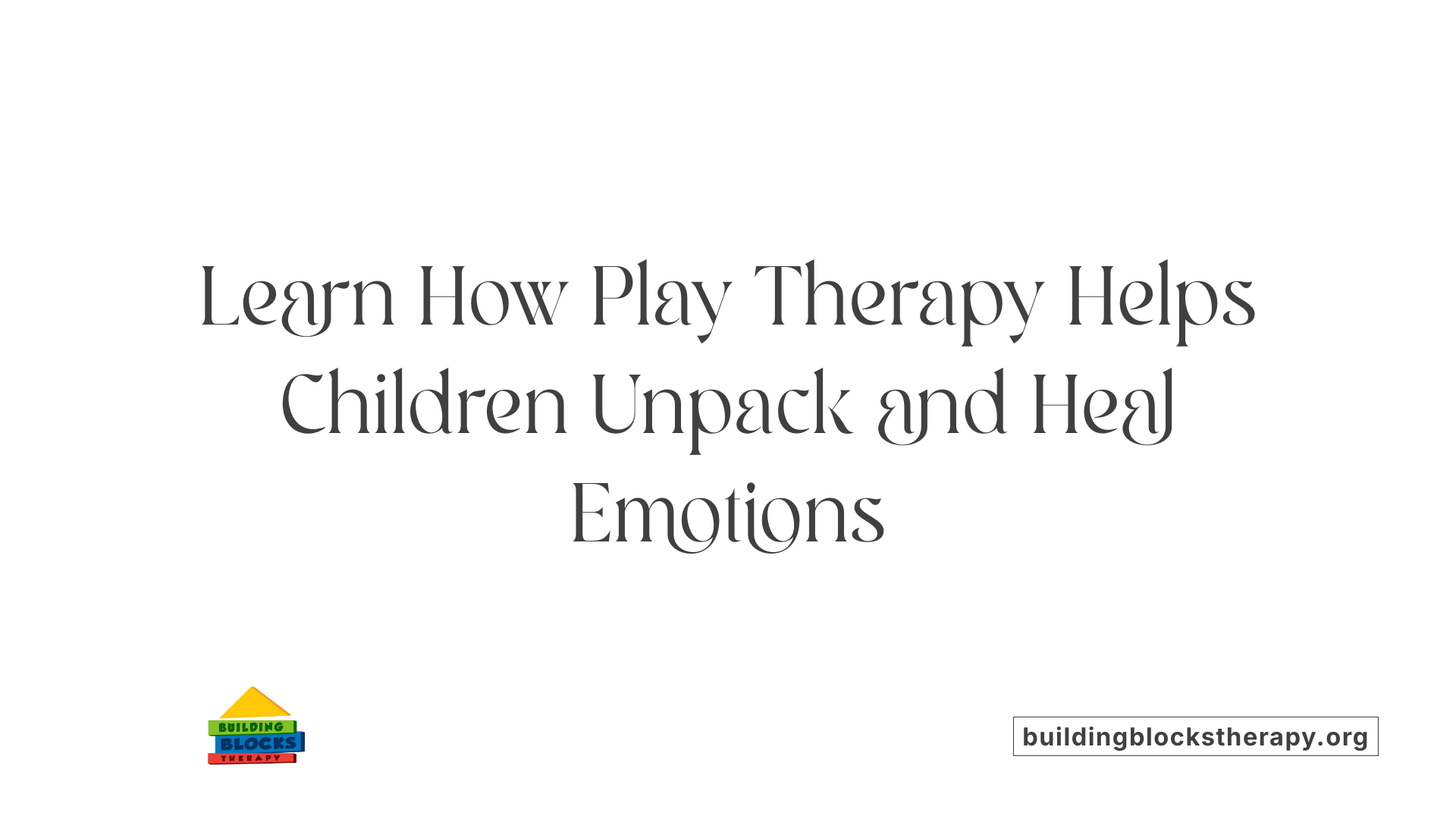
How does therapy help children process and decompress emotions through play?
Play therapy provides a nurturing environment where children can express and work through their feelings in ways that feel natural and manageable. Instead of relying solely on words, children use toys, art supplies, and creative activities as their language to communicate complex emotions such as sadness, anger, or fear.
Trained play therapists employ specific tools and methods, including sand trays, puppets, storytelling, and role-playing, to help children symbolize their inner experiences. For example, a child might use a dollhouse or stuffed animals to recreate scenarios that reflect their feelings or worries. This symbolic play allows children to process stressful or traumatic events indirectly, facilitating emotional understanding and release.
By observing how a child interacts with these materials, therapists gain insight into the child's emotional state and underlying issues. This process team up with guided play to promote emotional regulation, resilience, and problem-solving skills. It also helps children develop social skills, self-esteem, and coping strategies.
Overall, play therapy creates a safe space where emotions can be deconstructed and understood, reducing feelings of anxiety or overwhelm. Children learn to manage their emotions better, resulting in healthier behaviors and improved emotional well-being.
Real-Life Examples Demonstrating Therapy’s Impact on Children’s Self-Expression
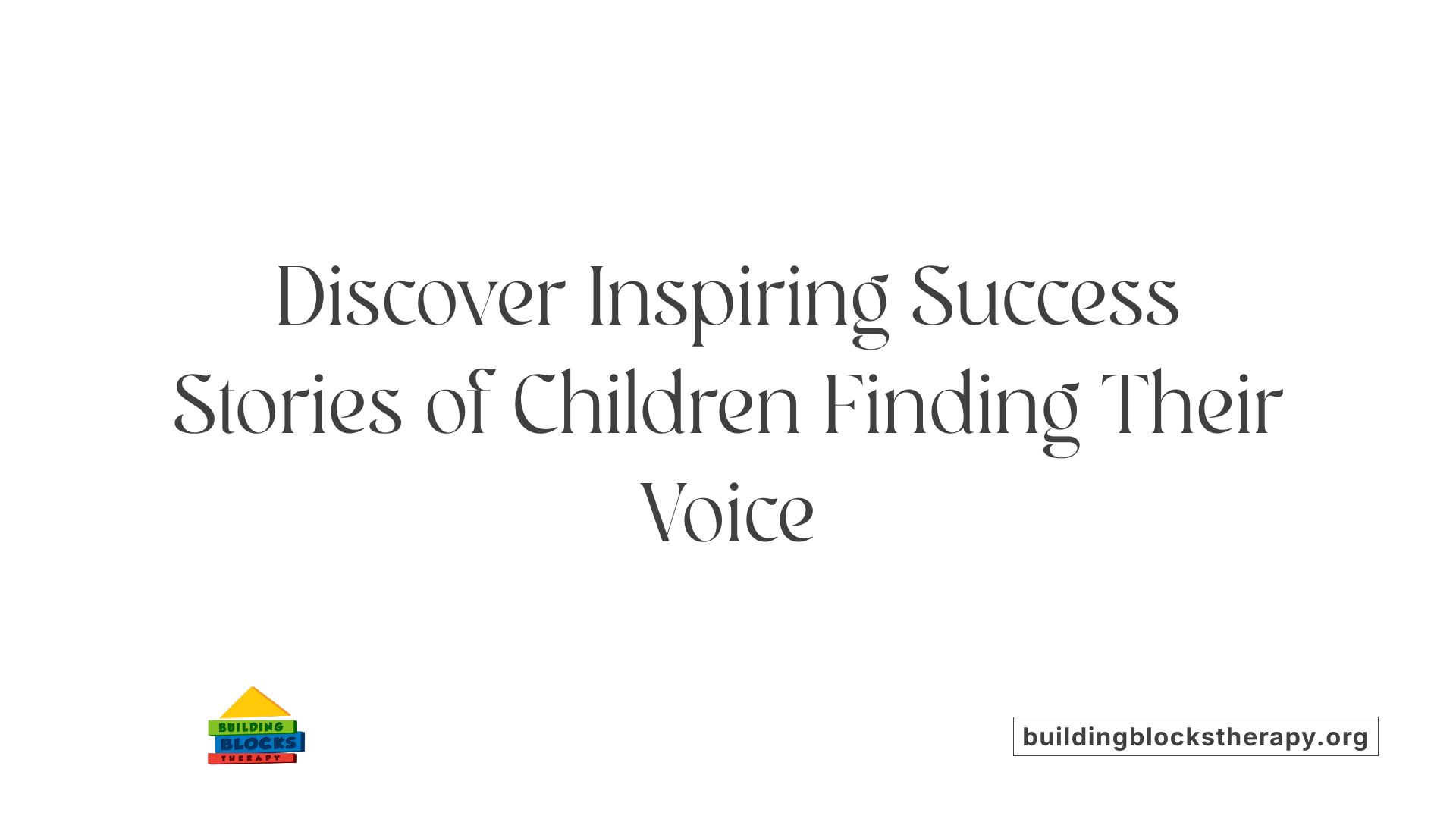
Can you share some real-life examples or case studies demonstrating therapy's impact on children’s self-expression?
Many children have shown remarkable progress through play therapy, revealing their feelings and resolving internal conflicts in ways that words sometimes cannot achieve.
One notable case involved a nine-year-old girl suffering from pseudoseizures. Initially, her seizures seemed purely physical, but through play therapy, she expressed her underlying emotional turmoil related to her family conflicts. After just four sessions, her seizures significantly diminished, and she was able to verbalize her feelings of distress and anger, showing how play therapy helped her communicate her internal struggles.
In another case, a six-year-old boy battling trichotillomania—compulsive hair-pulling—demonstrated positive changes after just three sessions. His therapists used toys and family-focused activities to explore his feelings about family tension and stress. As he gained insight into his emotions, he began to interact more socially and stop pulling his hair, evidencing improved self-awareness and emotional regulation.
Children facing separation anxiety, school refusal, or trauma often benefit from tailored play interventions. For example, children overwhelmed by divorce or moving to a new environment learn to process their fears and develop coping strategies through creative play and role-playing. These experiences foster a sense of safety and help children gradually open up about their feelings.
Research supports these stories, showing that with continued parental involvement and dedicated session time, children can effectively express unconscious conflicts and develop resilience. Overall, play therapy enables children to communicate complex emotions in age-appropriate ways, promoting emotional healing and personal growth.
| Case Type | Outcomes | Therapy Activities Used |
|---|---|---|
| Girl with pseudoseizures | Reduced seizures, emotional clarity | Art, storytelling, family role play |
| Boy with trichotillomania | Better social skills, ceased hair pulling | Toys representing family, emotion storytelling |
| Children with separation anxiety | Increased self-awareness, reduced anxiety | Sand trays, puppet play, creative arts |
| Children facing trauma or stress | Emotional processing, resilience building | Role-playing, expressive art, guided play |
These examples highlight how play therapy provides a safe and expressive platform for children to reveal and manage their inner worlds. When combined with parental support, it becomes a powerful tool for nurturing children's emotional well-being.
Fostering Emotional Growth Through Therapeutic Play
Play therapy stands as a vital intervention that harnesses children’s natural mode of expression—play—to unlock their emotional worlds. It provides a supportive space where children can safely explore, reveal, and manage their feelings, fostering resilience, social skills, and emotional understanding. As evidence mounts on its effectiveness, it becomes clear that integrating play therapy into mental health support for children is essential for promoting lifelong emotional well-being and healthy social relationships.
References
- How Play Therapy Helps Kids Express What Words Can't
- An Overview of Play Therapy - PMC
- 5 tips from a play therapist to help kids express themselves ...
- The Power of Play: Play Therapy Turns Toys into Tools for ...
- How Play Therapy Helps Children Express and Process ...
- Play Therapy Makes a Difference
- 16 Reasons Why Play Therapy Works
- The Power of Play: Play Therapy Turns Toys into Tools for ...
- An Overview of Play Therapy - PMC
- Play therapy helps children explore emotions

